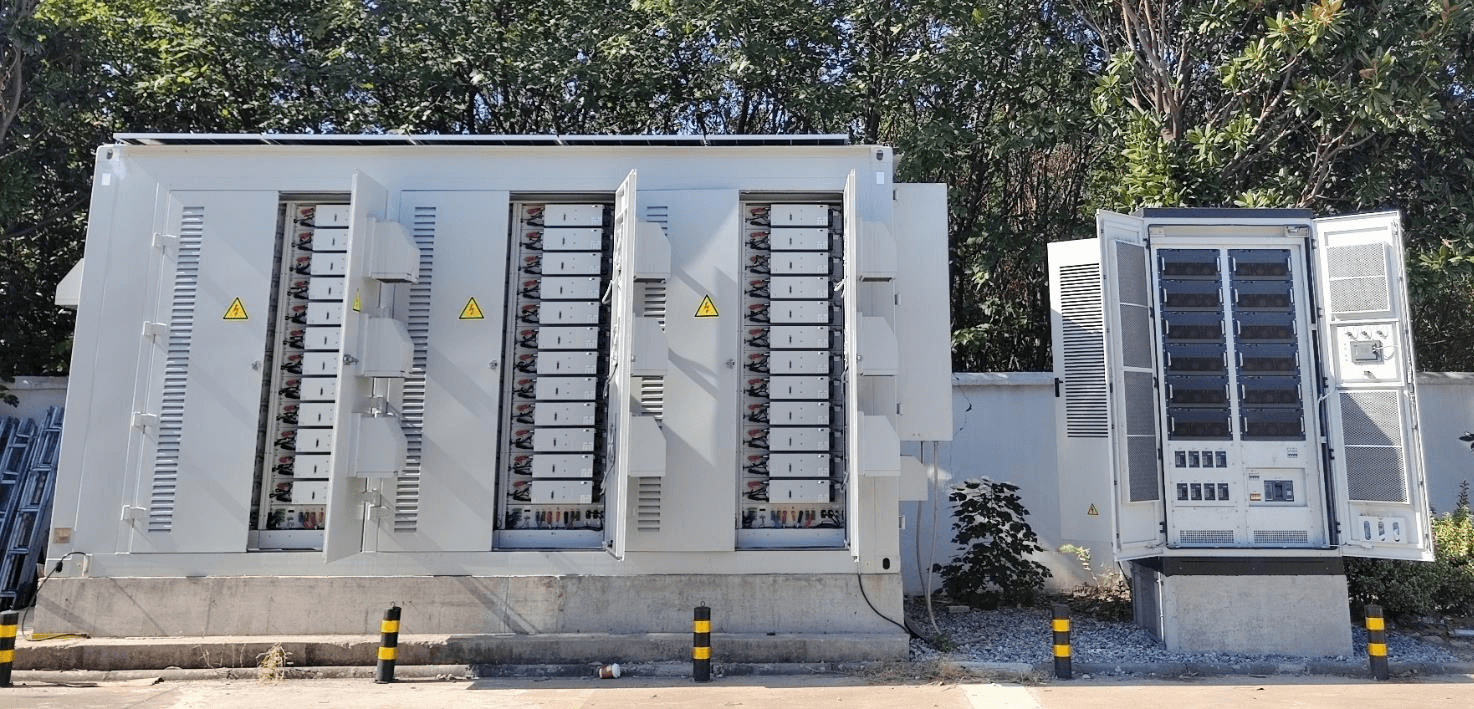As the demand for sustainable energy solutions grows, commercial and industrial energy storage systems (ESS) play a crucial role in balancing supply and demand. Choosing the right Power Conversion System (PCS), also known as an energy storage inverter, is essential to ensure efficient operation and economic viability. In this article, we’ll explore the key considerations and steps to select the ideal PCS for your ESS.

Table of Contents
1. Assess Power and Capacity Requirements
Before diving into PCS selection, determine your ESS’s power and capacity needs. Consider both maximum output power and energy storage capacity. Align these requirements with load demands and grid specifications to establish the PCS’s rated power and capacity.
2. Voltage Compatibility
Commercial ESS PCS units are bidirectional AC/DC power sources. When selecting a suitable PCS, account for both AC and DC voltage ranges. For grid-connected systems, identify the grid voltage (e.g., 400Vac, 690Vac, or 10kVac) to determine the PCS’s AC-side rated voltage. For medium-voltage grid integration (e.g., 10kV or 35kV), consider adding step-up transformers.
3. Choose the Right AC-Side Configuration
Select an appropriate AC-side configuration based on system design and application scenarios:
- Grid-Connected Systems: Consider 3P3W or 3P4W configurations.
- Off-Grid Systems: Provide a 3P4W AC-side solution to meet single-phase load requirements. If the PCS cannot directly output 3P4W, consider using Delta/Wye transformers.
- Note: Enjoypowers’ PCS does have 3P3W and 3P4W compatibility, and its operating mode can be controlled via EMS (Energy Management System). This makes the AC side transformer an optional rather than a required component. Under different wiring methods, the voltage range on the DC side will indeed be different. This is a key consideration to ensure that the PCS is matched to the specific application scenario. Thank you for your correction!
4. Evaluate Efficiency and Performance
Efficiency and performance metrics are critical. Assess the PCS’s:
- Conversion Efficiency: Higher efficiency ensures optimal energy utilization.
- Dynamic Response: Quick adaptation to load changes.
- Stability and Reliability: Consistent operation under varying conditions.
5. Communication and Control Features
Ensure the PCS supports flexible communication and control functions. It should seamlessly integrate with other system components (e.g., battery management systems, energy management systems). Consider supported communication interfaces and protocols.
6. Safety and Protection Functions
A robust PCS must include comprehensive safety features:
- Overcurrent Protection
- Overvoltage Protection
- Overtemperature Protection
- Short-Circuit Protection
Choose products certified to local and national safety standards.
7. Scalability and Flexibility
Plan for future expansion and upgrades. Opt for modular PCS designs that support multi-unit grid integration. Modular PCS solutions excel in scalability and adaptability.
8. Cost-Effectiveness and ROI
Evaluate the overall cost, including procurement, installation, and maintenance. A cost-effective PCS with a favorable return on investment (ROI) ensures long-term economic viability.
9. Technical Support and Service
Select a PCS supplier with a strong track record in technical support and reliable after-sales service. Their expertise ensures system reliability and operational efficiency.
10.Compliance with Certification Requirements
Ensure that the chosen PCS complies with certification requirements in each country where it will be deployed. Meeting these standards guarantees safety and regulatory compliance.
Enjoypowers’ energy storage PCS product has obtained the following certifications:
- TUV EN IEC 61000-6-2
- EN 62477-1
- EN 50549-1
- NRS 097-2-1
Enjoypowers’ Energy Storage PCS has successfully obtained grid connection certifications in countries including Poland (PL), the Netherlands (NL), Belgium (BE), Greece (GR), and Sweden (SE). We are actively pursuing certifications in Germany (DE) and the United Kingdom (UK).
These certifications signify that our products meet international standards and grid connection requirements, providing customers with higher reliability and safety.
Conclusion
Selecting the right PCS is a critical step in commercial and industrial ESS design. Conduct thorough market research and product evaluations to find the best fit for your project requirements. Enjoypowers, a renowned C&I BESS PCS manufacturer, offers AC-side solutions tailored to various applications. With over 7500 ESS PCS modules shipped in 2023, Enjoypowers is your trusted partner. If you’re designing your own commercial energy storage system, feel free to reach out to us.
Remember, a well-chosen PCS not only optimizes energy storage but also contributes to a sustainable future.
Related Reading
Designing High-Reliability, Low-Cost 500 kW/1000 kWh Energy Storage Systems
Enhancing Commercial Energy Storage Systems with Direct PCS-BMS Communication
Understanding Load Characteristics and Design Considerations for Commercial Energy Storage Systems
Hybrid ESS Energy Storage Systems: Unleashing Efficiency Through AC and DC Coupling
6 Essential Strategies for Choosing C&I BESS Energy Storage Battery Solutions
Decoding 3P3W vs. 3P4W for Commercial and Industrial Energy Storage PCS
3 different topologies of energy storage systems ESS and their development history

